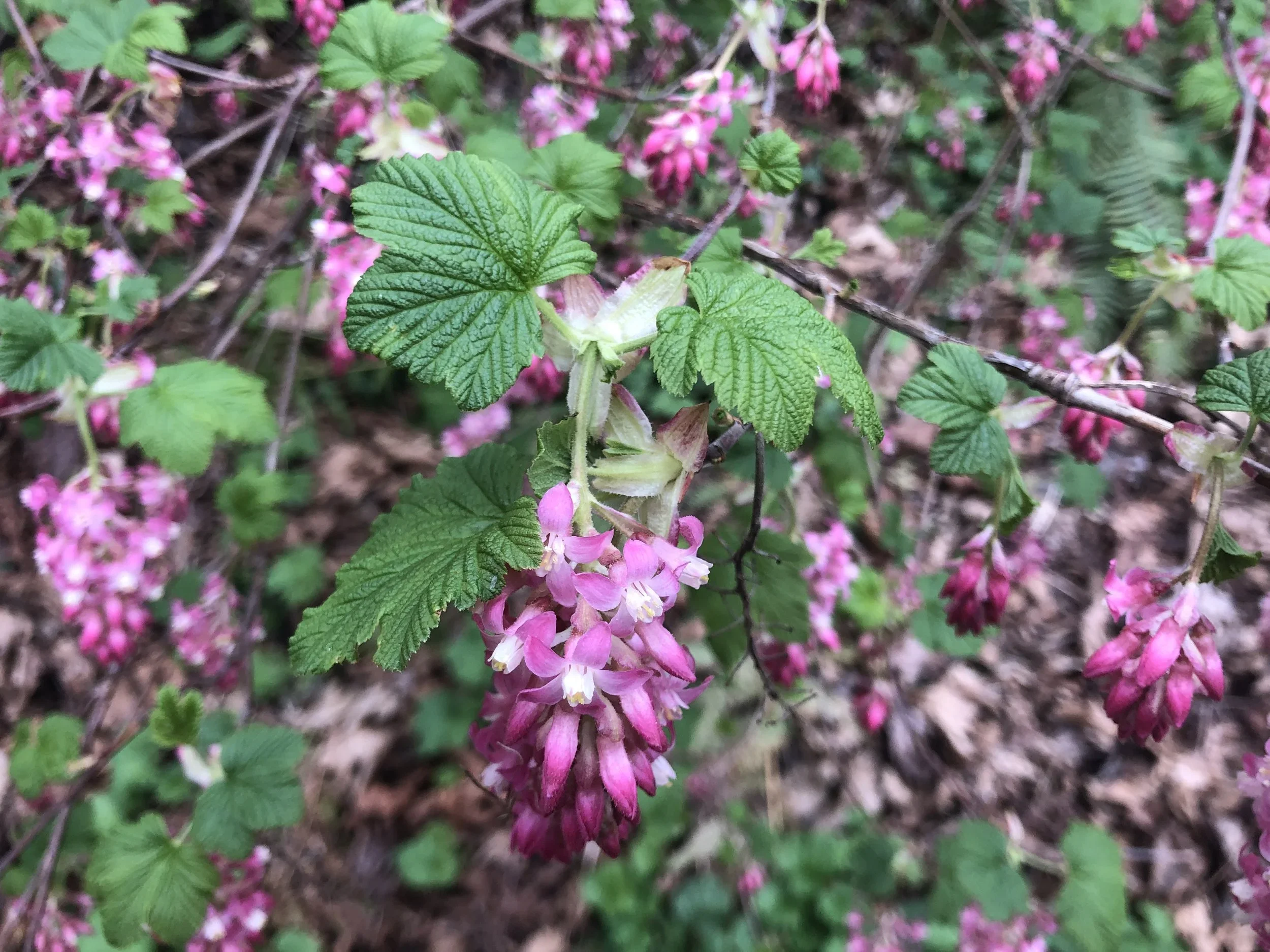
Native PlantS
36th Annual Native Plant Sale
Our Native Plant Sale Store is now open to accept orders through January 20, 2026.
Click HERE to Purchase Plants!!!
Since our first plant sale in 1990 we have distributed over 492,000 plants to 7,700 customers - we are excited to reach the half a million mark with this years plant sale!
Overview
Join Clallam Conservation District (CD) each spring for our annual Native Plant Sale—your chance to support local ecosystems, beautify your landscape, and discover the many benefits of gardening with hardy, habitat-friendly native plants!
How It Works
We will begin taking large orders (100+ of the same species) for our 2026 Annual Native Plant Sale on August 1, 2025 and regular orders (bundles of 5, 10 or 25 of the same species) on November 1, 2025.
Most plants are 1- to 2-year-old bare-root seedlings (no soil on the roots) that typically range in size from 8” to 24” with the exception of some specialty species grown in seedling trays as “plugs” of soil. These plants tend to be smaller in stature, and may only be 3” or so tall at delivery.
Conifer trees are sold in bundles of 25.
Most deciduous trees and shrubs are sold in bundles of 10, with the exception of some specialty shrub species sold in bundles of 5.
Stay in the loop—subscribe to our newsletter for the latest updates on our annual plant sale and more!
Learn more about the plants and seeds you’ll find at Clallam CD’s plant sale:
Eligibility
Our plant sale is open to all—everyone is welcome to shop and support native plants!
Benefits of Native Plants
Evolved alongside native insects, fungi, pests, diseases, and wildlife over thousands of years.
Attract beneficial native animals like pollinators and seed-dispersing birds and insects.
Better able to resist or tolerate native pests and diseases.
Support a wider variety of native wildlife than introduced plants.
Essential for some native wildlife species that rely exclusively on native plants.
Adapted to local soils and climate, requiring less watering, fertilizing, and maintenance.
Versatile for use in landscaping, habitat restoration, and erosion control.
Generally do not require soil amendments when planting.
While native plants are no more immune to deer browse than non-natives, information on controlling deer damage to plantings can be found on the Washington Dept. of Fish and Wildlife website.
Resources
As with any new planting, watering is essential to establish native plants, and mulching helps retain moisture and suppress competing weeds.
Here are more native landscaping resources to help you get started:

